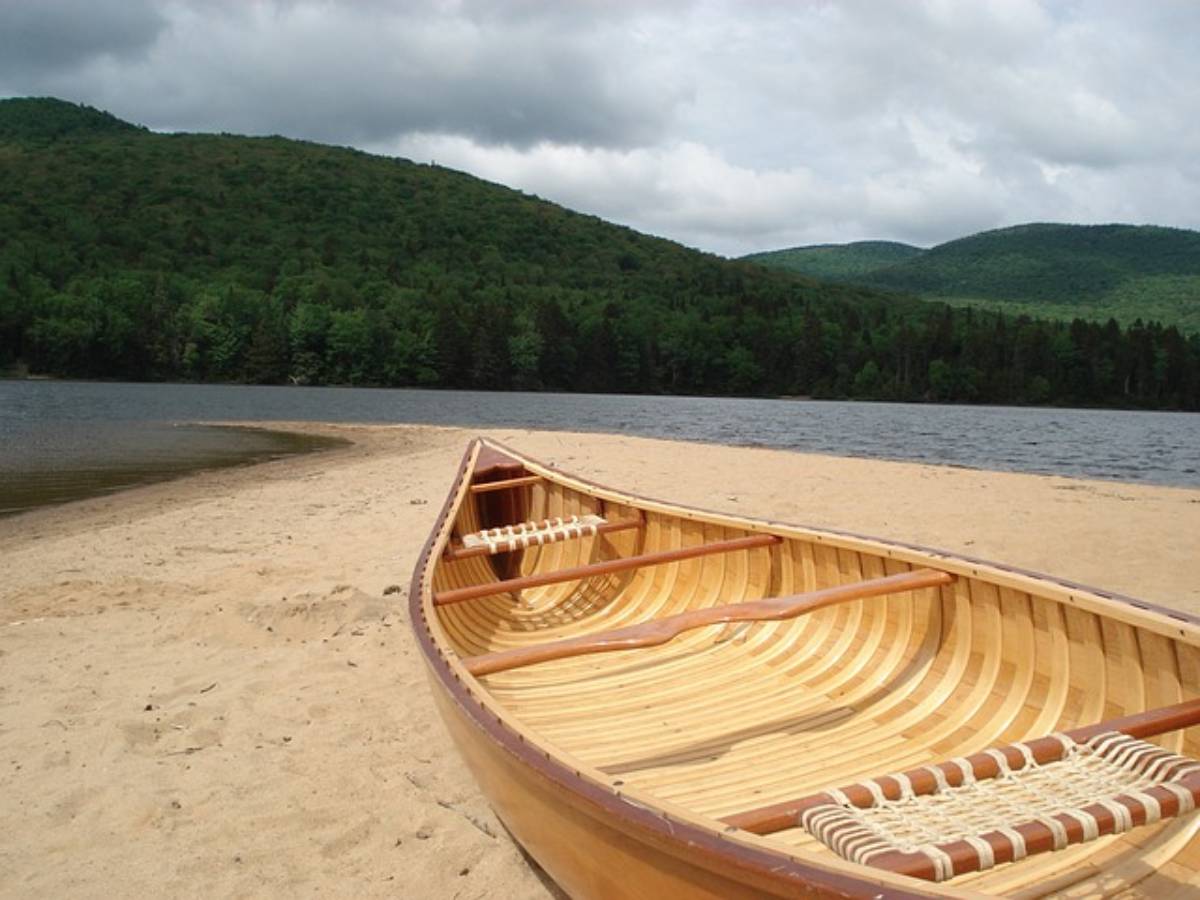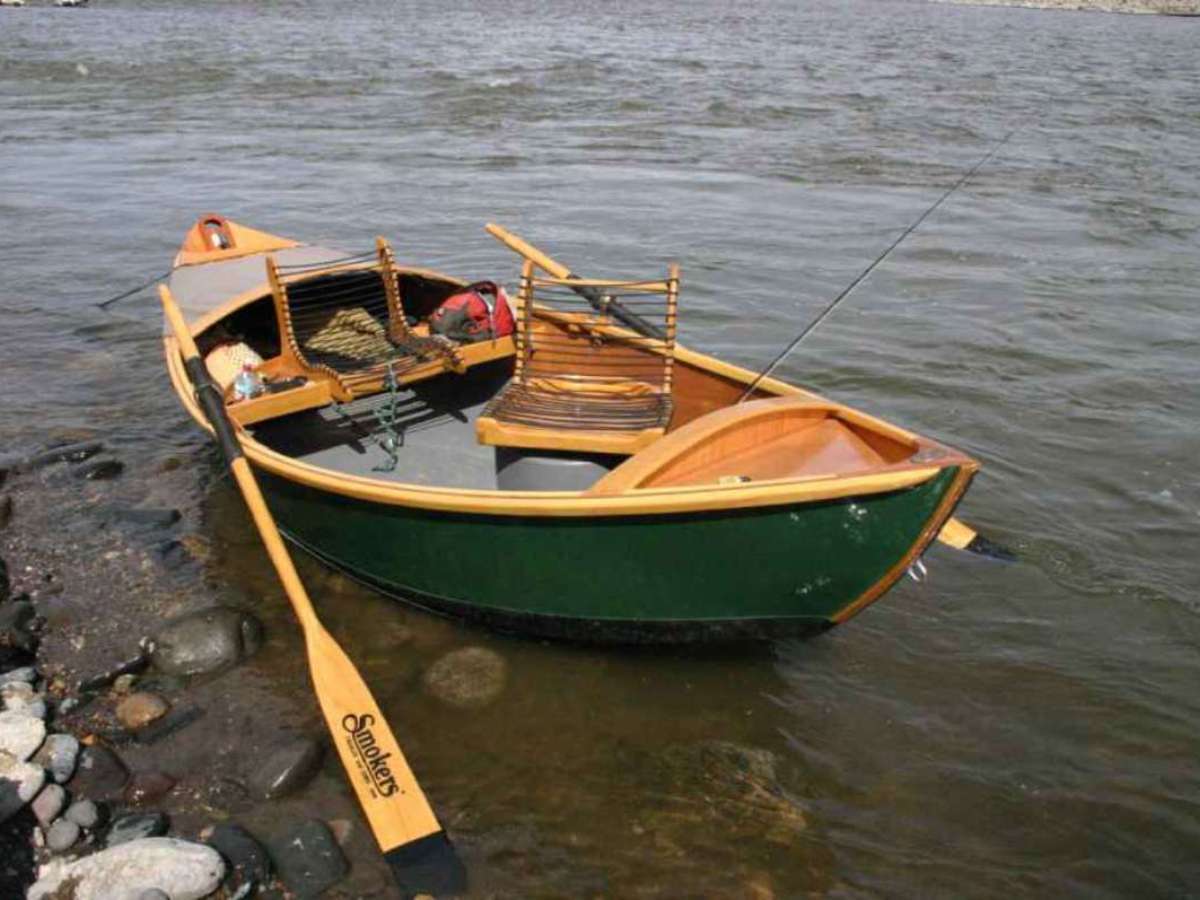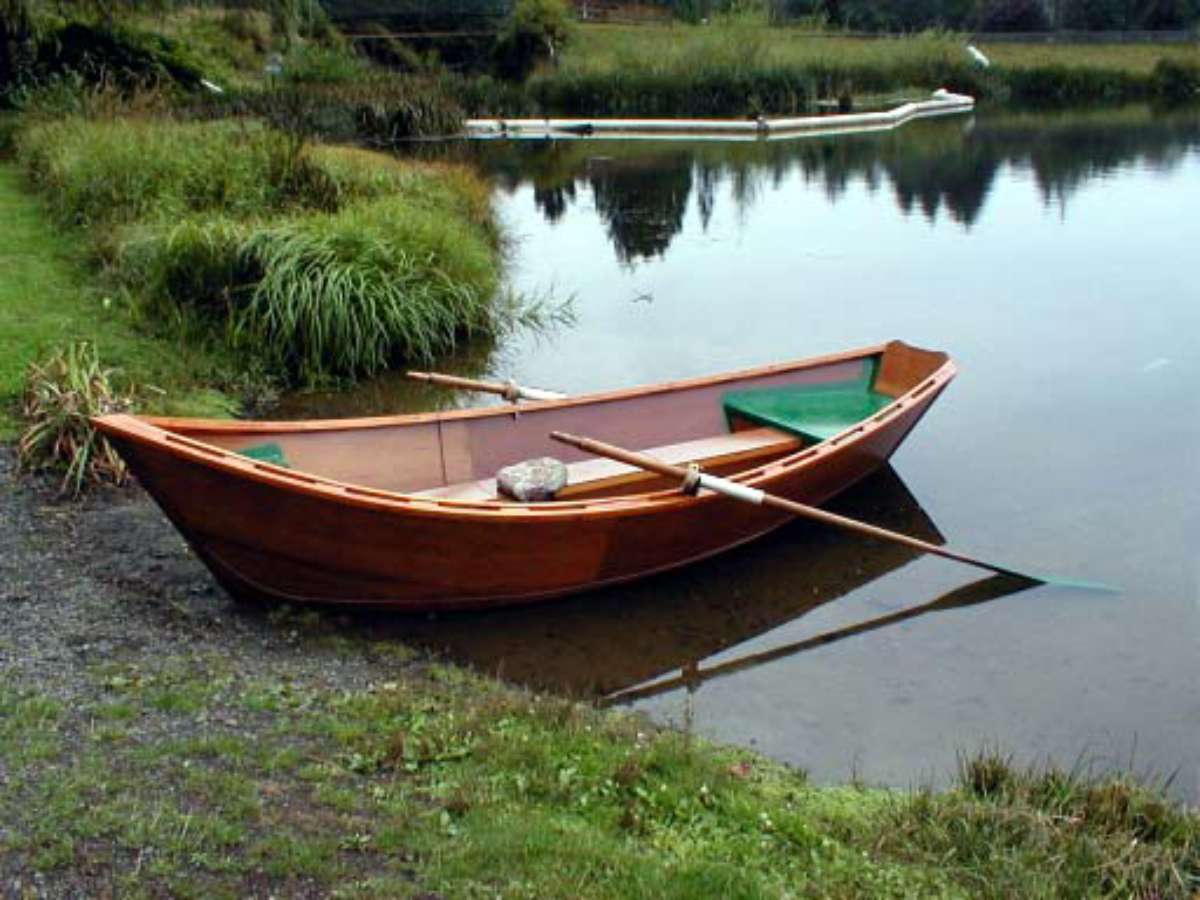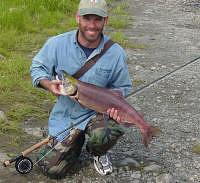 The oldest form of fly fishing is wet fly casting.
The oldest form of fly fishing is wet fly casting.
The wet fly has been traced back hundreds of years by historians. Check out the history of fly fishing, which is especially interesting during the era between 1800 and 1850.
Beginners to fly fishing are often more successful when using a wet fly, but the technique can’t be learned in a day. No matter how much you use your wet fly technique over time, there will still be much to learn.
If you are fishing a fly below the water surface, you are wet fly fishing.
A wet fly resembles an insect under the water surface. Wet flies can imitate aquatic insects, drowned insects, or emerging insects (emergers). They can also imitate larger aquatic creatures such as crawfish or leeches. Wet flies are traditionally tied with a tail, body, wings, and soft hackle. Source
Wet fly fishing is more about how you fish the fly rather than the fly itself.
Wet Fly Fishing vs Dry Fly Fishing
Dry and wet flies do have some differences, but there is also a lot of cross-over.
For example, the hackles on wet flies are often softer, which makes the fly look like it’s alive while in the water. Wet fly hooks are heavier and longer and the wings are tied to lie back.
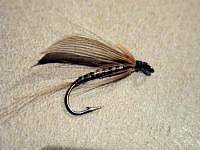 One reason wet fly fishing is great for beginners is because wet fly casting isn’t as intense as it is with dry fly fishing. This allows beginners to make common fly fishing mistakes without scaring all the fish away.
One reason wet fly fishing is great for beginners is because wet fly casting isn’t as intense as it is with dry fly fishing. This allows beginners to make common fly fishing mistakes without scaring all the fish away.
It’s simply easier to throw a wet fly than it is to throw a dry fly. When dry fly fishing, your cast must hit the target perfectly. Slapping the water or casting poorly when wet fly fishing isn’t likely to scare fish because they are deeper in the water.
Another point is that the drag of your fly fishing reel isn’t as important when wet fly fishing. This allows you to learn fly fishing techniques without stressing about the drag.
When fish are deep in the water, they feel safer than when they are near the surface, so they are relaxed and feed naturally and are less likely to refuse food in the form of a fly. The trick is to offer a fly that strongly resembles the natural food the fish are eating. This allows you to determine the flies that you need.
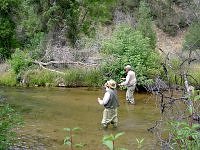 Most of the time, wet fly anglers are more successful because fish feed under the film and feast on smaller fish, terrestrials, aquatic bugs, shrimp, crayfish and tadpoles. More specific wet fly patterns will be those in neutral colors of blacks, browns and grays.
Most of the time, wet fly anglers are more successful because fish feed under the film and feast on smaller fish, terrestrials, aquatic bugs, shrimp, crayfish and tadpoles. More specific wet fly patterns will be those in neutral colors of blacks, browns and grays.
Now that you are a bit more familiar with wet fly fishing, you can better enjoy your next fly fishing adventure.
RELATED:

